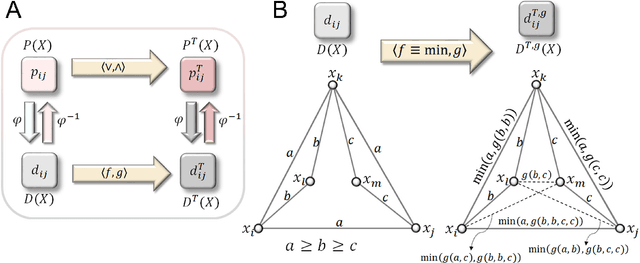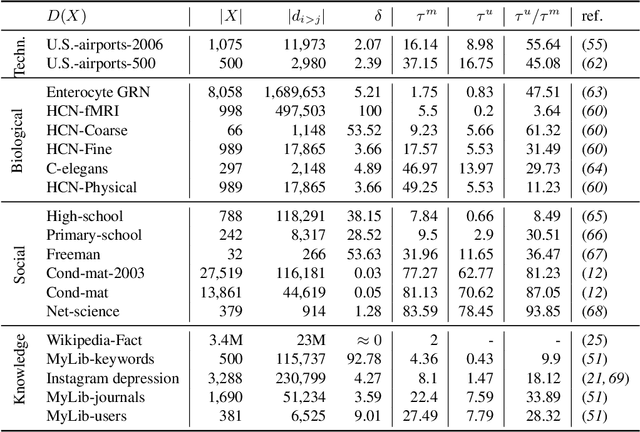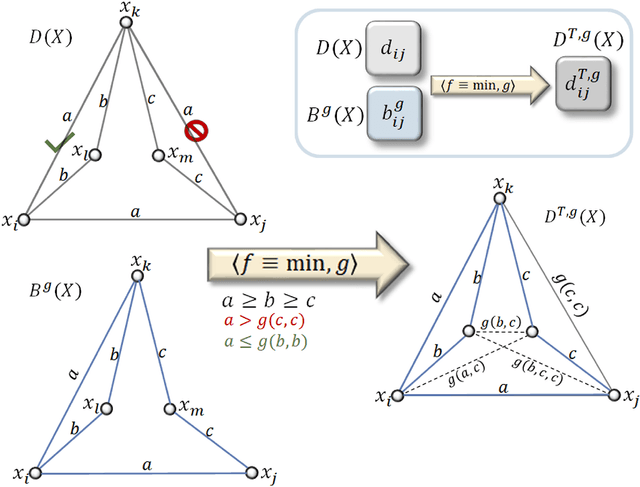The distance backbone of complex networks
Paper and Code
Mar 08, 2021



Redundancy needs more precise characterization as it is a major factor in the evolution and robustness of networks of multivariate interactions. We investigate the complexity of such interactions by inferring a connection transitivity that includes all possible measures of path length for weighted graphs. The result, without breaking the graph into smaller components, is a distance backbone subgraph sufficient to compute all shortest paths. This is important for understanding the dynamics of spread and communication phenomena in real-world networks. The general methodology we formally derive yields a principled graph reduction technique and provides a finer characterization of the triangular geometry of shortest paths. We demonstrate that the distance backbone is very small in large networks across domains ranging from air traffic to the human brain connectome, revealing that network robustness to attacks and failures seems to stem from surprisingly vast amounts of redundancy.
 Add to Chrome
Add to Chrome Add to Firefox
Add to Firefox Add to Edge
Add to Edge